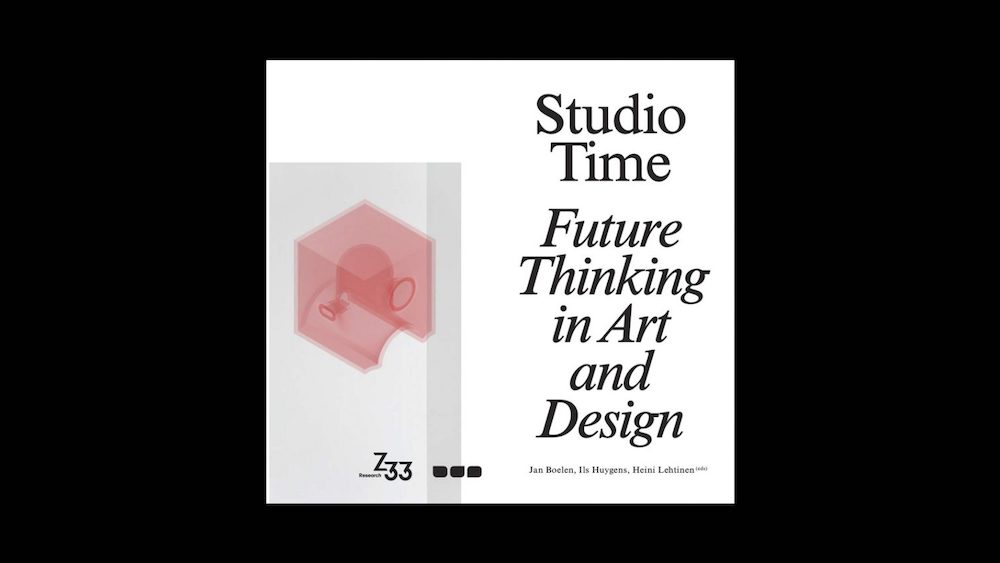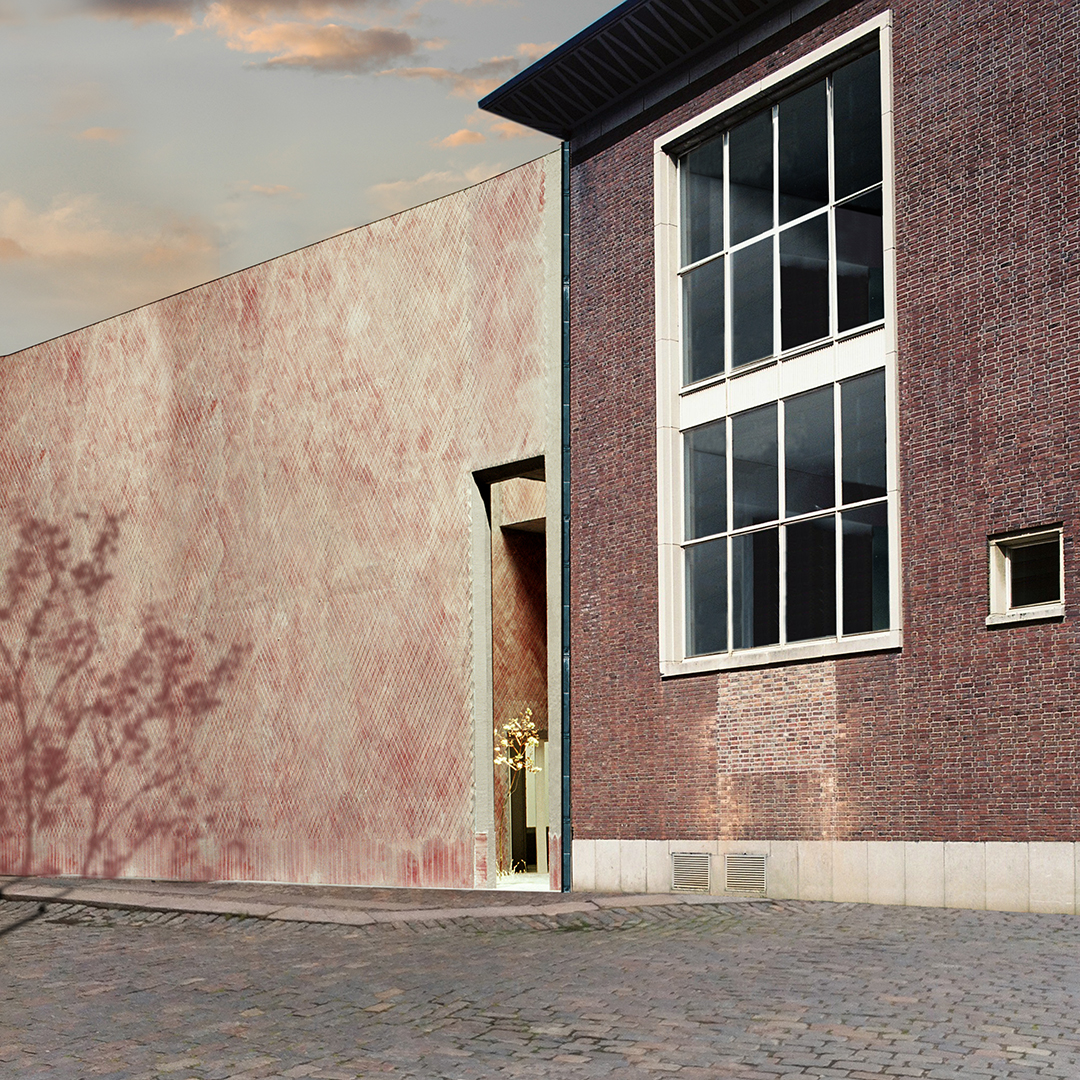Z33: Design and Futures
ho
The ambitious Belgian Contemporary Art Center leads an innovative research platform on the design of futures.

“The good jam is in the small jar”, tells the Catalan expression, and in the case of Z33, a small contemporary art center located in the Flemish city of Hasselt, just over an hour from Brussels, the expression is well true, although only for a short time, at least in terms of size.
Z33 is finalizing plans for the opening of a new wing in 2020. When it opens, it will also add the terms design and architecture to its name, disciplines that since its inception have been very present in the dialogue with the artistic practices that Z33 investigates and promotes and that, with the expansion, will obtain the space they deserve.

The center is a great example of the potentials of the decentralization of culture, building on from initiatives such as Manifesta, the European and itinerant biennial of contemporary art, which takes place every two years in regional cities and which precisely fell in Hasselt in 2012. About eight years after becoming the European capital of contemporary art, Hasselt continues to focus on culture and has founded the expansion of Z33, which aims to become one of the most stimulating centers of reflection on art, design and architecture culture and its impact on society.
Jan Boelen, its artistic director to date and one of the world’s most influential design curators – he curated the 24th Ljubljana Design Biennial and the 4th Istanbul Design Biennial -, is the brain behind the particular vision of Z33, but will cease to run the center once the new wing is inaugurated to make way for a completely renovated Z33: new building, new program, new equipment and new director. Boelen defends the need for new models to solve new challenges, and sees in the expansion of the center an ideal time to close one stage and open another. Nevertheless, the bases of the renewed center are his seed and his programming will continue until 2022.
One of the characteristics that has singled out Z33, along with its support for emerging artists, designers and architects, is the importance they have given to research. The center understands its exhibitions and program as chapters of a long-term investigation. They do it through Z33 Research, a department that seeks to advance and connect the great themes that cover its exhibitions: geological time, nuclear culture, migration, developmentalism and climate change, and visualize them through emerging art and design practices and also in collaboration with universities.
The result is a body of knowledge in continuous evolution in which art and design, in its role as creator of futures, is one of the conductive threads. This is demonstrated by his latest publication “Studio Time: Future Thinking in Art and Design“, which shares the seeds of these early years of rhizomatic research with a selection of essays and creative projects. The book counts with the referrals, on the back cover, of four great design theorists: Paola Antonelli, chief curator of the MoMA architecture and design department, Justin McGuirk, chief curator of the Design Museum, Joseph Grima, director of Design Academy Eindhoven and design critic Alice Rawsthorn, but flees from replicating their well-known voices and gives space to the most prominent thinkers in the field of speculative design and design futures, including James Bridle, Dunne & Raby, Mariana Pestana, Bruce Sterling, Alison J. Clarke and Marina Otero Verzier.

From its stimulating reading, we get more questions than conclusions, but we can assert that the future of design is the design of futures with a positive social and ecological impact and with an open and distributed philosophy. Z33 is playing an active role in the construction of these futures and it is worth following their next steps. It is also worth noting that beyond the confines of Brussels, and the charm of the best-known Flemish cities (Bruges, Ghent, Antwerp, Leuven and Liege) the role of Z33 in Hasselt is also in itself a sign of the power of art and the design to carve a promising future for the city.
Review by Sol Polo